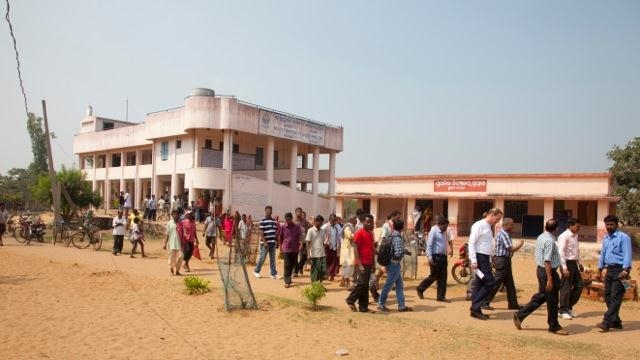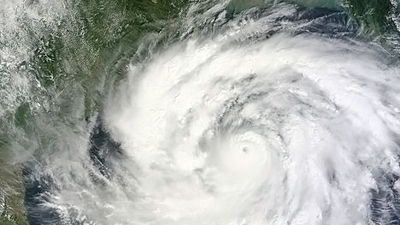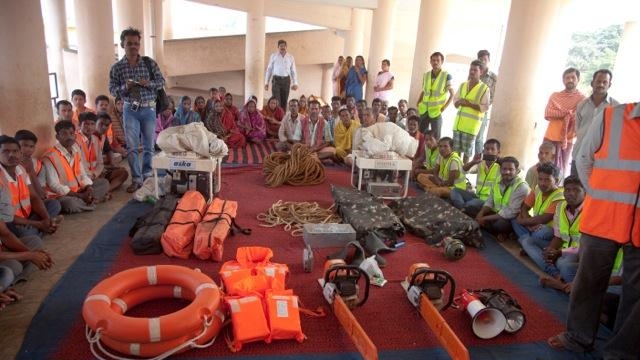Challenge
India’s eastern coast, where the state of Odisha is located, is one of the six most cyclone-prone areas in the world. Cyclones and storm surges often wreak massive death and destruction along Odisha’s densely populated coastline. In 1999, a Super Cyclone virtually paralyzed the state: it affected around 18 million people, left about 10,000 dead, and destroyed infrastructure and communications. A growing population together with the depletion of mangroves and natural shelter belts has only increased Odisha’s vulnerability.





